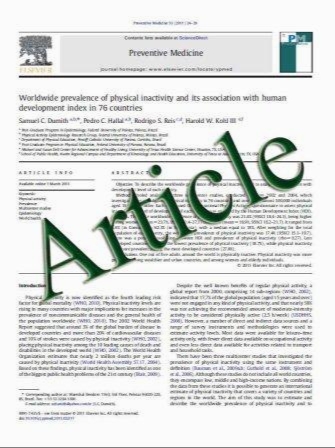Direct pulp capping effect with experimentally developed adhesive resin systems containing reparative dentin-promoting agents on rat pulp: mixed amounts of additives and their effect on wound healing
- نوع فایل : کتاب
- زبان : انگلیسی
- مؤلف : Yoshihisa Taira • Koichi Shinkai • Masaya Suzuki • Chikage Kato • Yoshiroh Katoh
- چاپ و سال / کشور: 2011
Description
This study examined the wound-healing process of exposed rat pulp when treated with experimental adhesive resin systems. The experimental direct pulp capping adhesive resin systems were composed of primer-I, primer-II and an experimental bonding agent. Primer-I was Clearfil SE Bond (CSE) primer containing 1.0 or 5.0 wt% CaCl2, and primer-II was CSE primer containing 0.1, 1.0 or 5.0 wt% compound of equal mole of pA and pB with synthetic peptides derived from dentin matrix protein 1 (DMP1). Primer-I containing 1.0 and 5.0 wt% CaCl2 was assigned to the experimental groups 1–3 and 4–6, respectively. Primer-II containing 0.1, 1.0 or 5.0 wt% compound of pA and pB was assigned to the experimental groups 1 and 4, 2 and 5, and 3 and 6, respectively. In all experimental groups, CSE bond containing 10 wt% hydroxyapatite powder was used as the experimental bonding agent. The positive control teeth were capped with calcium hydroxide preparation (Dycal), and the negative control teeth were capped with CSE. The specimens were alternately stained with Mayer’s H&E and the enhanced polymer one-step staining methods. Experimental groups 1, 4, 5 and 6 showed a higher level of reparative dentin formation compared to the negative control 14 days postoperatively. At 28 days postoperatively, all experimental groups showed the formation of extensive reparative dentin, and experimental groups 4, 5 and 6 demonstrated similar dentin bridge formation as that of the positive control. How quickly reparative dentin formation occurs may depend on the concentration of CaCl2 and the compound of pA and pB in the experimental primer.
Odontology DOI 10.1007/s10266-011-0006-5 Received: 16 April 2010 / Accepted: 10 October 2010


